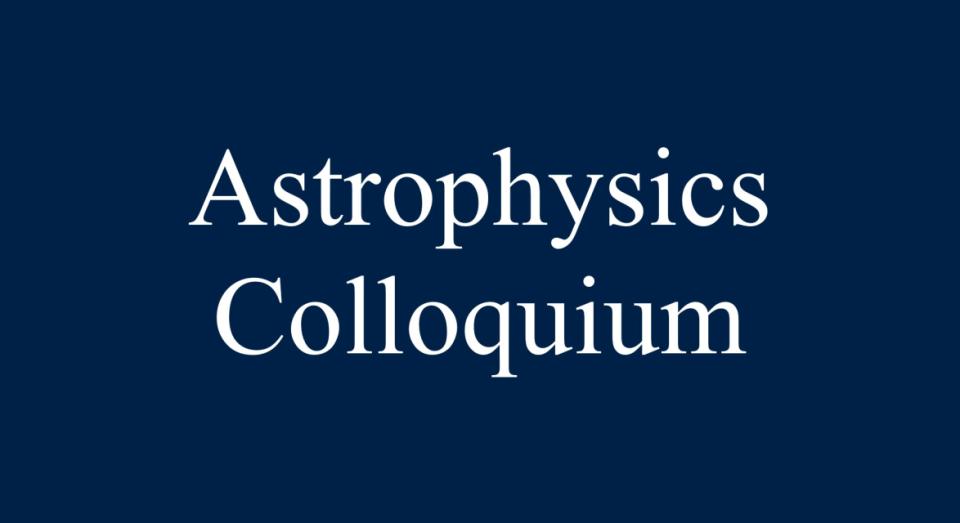Denys Wilkinson Building, Department of Physics, University of Oxford, Keble Road, Oxford OX1 3RH
Prof Ryan Hickox
Lawrence Clark - Lawrence.selmons-clark@physics.ox.ac.uk
New Windows on the Hidden Evolution of Supermassive Black Holes
Abstract: At the heart of essentially every large galaxy in the Universe lies a supermassive black hole. In recent years, surveys of the extragalactic sky have made great progress in understanding the cosmic growth of these black holes, as they accrete surrounding material and radiate as active galactic nuclei (AGN). However, our picture of black hole evolution has remained incomplete, due to the challenges of detecting black holes that are highly obscured by gas and dust or hidden beneath the light of their host galaxies. With the advent of new resources including space-based X-ray and mid-infrared observations, and new insights from theoretical models, we can now identify millions of these “hidden” growing black holes across much the sky, and characterize the nature of their obscuration and their role in the formation of galaxies. I will describe recent efforts to characterize hidden AGN, and will present evidence that (at least some) powerful obscured AGN represent a distinct phase in the evolution of their host galaxies. Finally, I will point to the exciting potential for the future of AGN population studies with the next generation of extragalactic surveys, including with the recently launched James Webb Space Telescope and upcoming Nancy Grace Roman Space Telescope.

